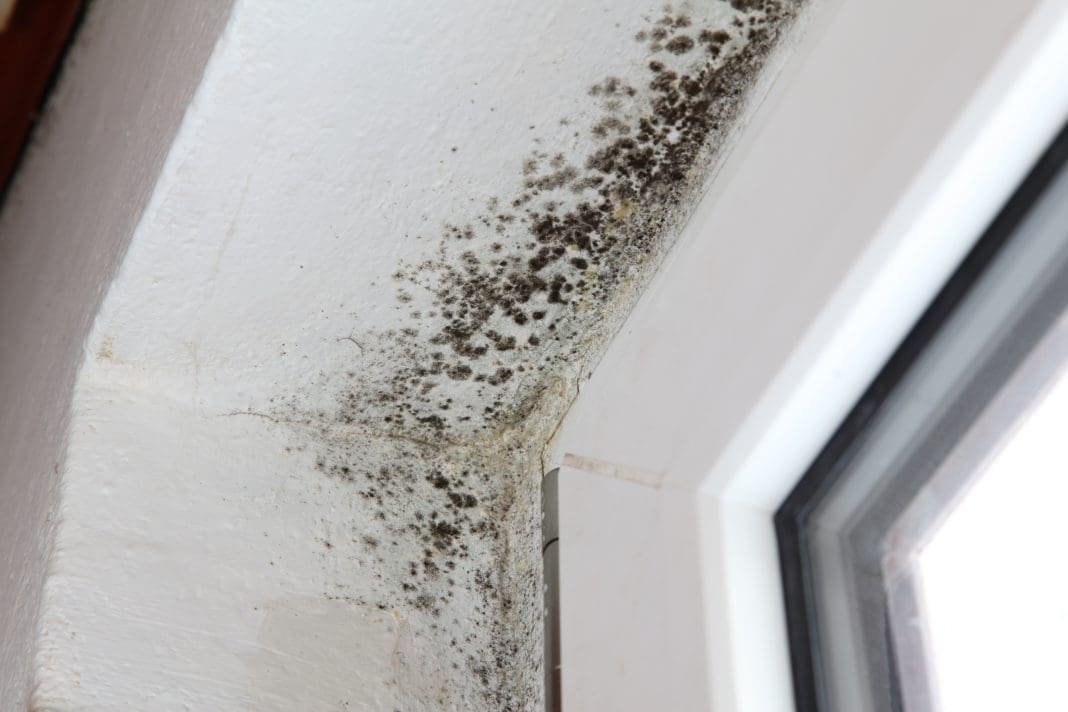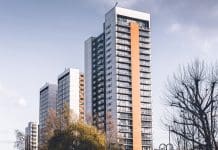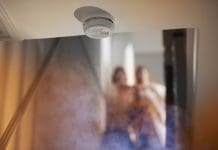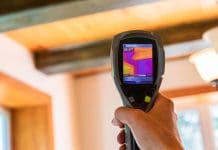Almost a million homes in England suffer from damp, but following the introduction of Awaab’s Law, landlords and property owners must tackle condensation and mould in homes and put an end to it once and for all, says Wendy Thomas of Nuaire
Around 38% of our housing stock is over 70 years old, according to the BRE, and suffers from poor insulation levels and even poorer ventilation, which means that dampness remains trapped and can lead to the formation of mould.
Mould impacts occupants’ health, including asthma, eye irritation, respiratory problems, skin reactions, headaches and, in extreme circumstances, death.
Awaab’s Law
In December 2020, two-year-old Awaab Ishak died from prolonged exposure to mould in his home in Rochdale.
In response to this, Awaab’s Law has been introduced as part of the Social Housing (Regulation) Act, which requires social housing landlords by law to fix damp and mould issues to strict deadlines, or rehouse tenants in safe accommodation.
A government consultation will determine the timeframes within which landlords must take appropriate action.
Those who don’t and fail to meet the standards required could face unlimited fines as the new act brings in Ofsted-style inspections by the Regulator of Social Housing and new powers.
Emergency repairs, for example, can be made where serious risks to tenants are found, with landlords footing the bill.
Guidance is at hand for rented housing providers
Information on different aspects of damp and mould, be it the health risks, how to treat mould or how to prevent it forming, is available, but not all in one easy to access place or document. As a result, Understanding and addressing the health risks of damp and mould in the home was published by the government on 7 September 2023, aimed specifically at rented housing providers (social and private sector landlords).
It clearly sets out the legal responsibilities and the serious physical and mental health risks that damp and mould pose.
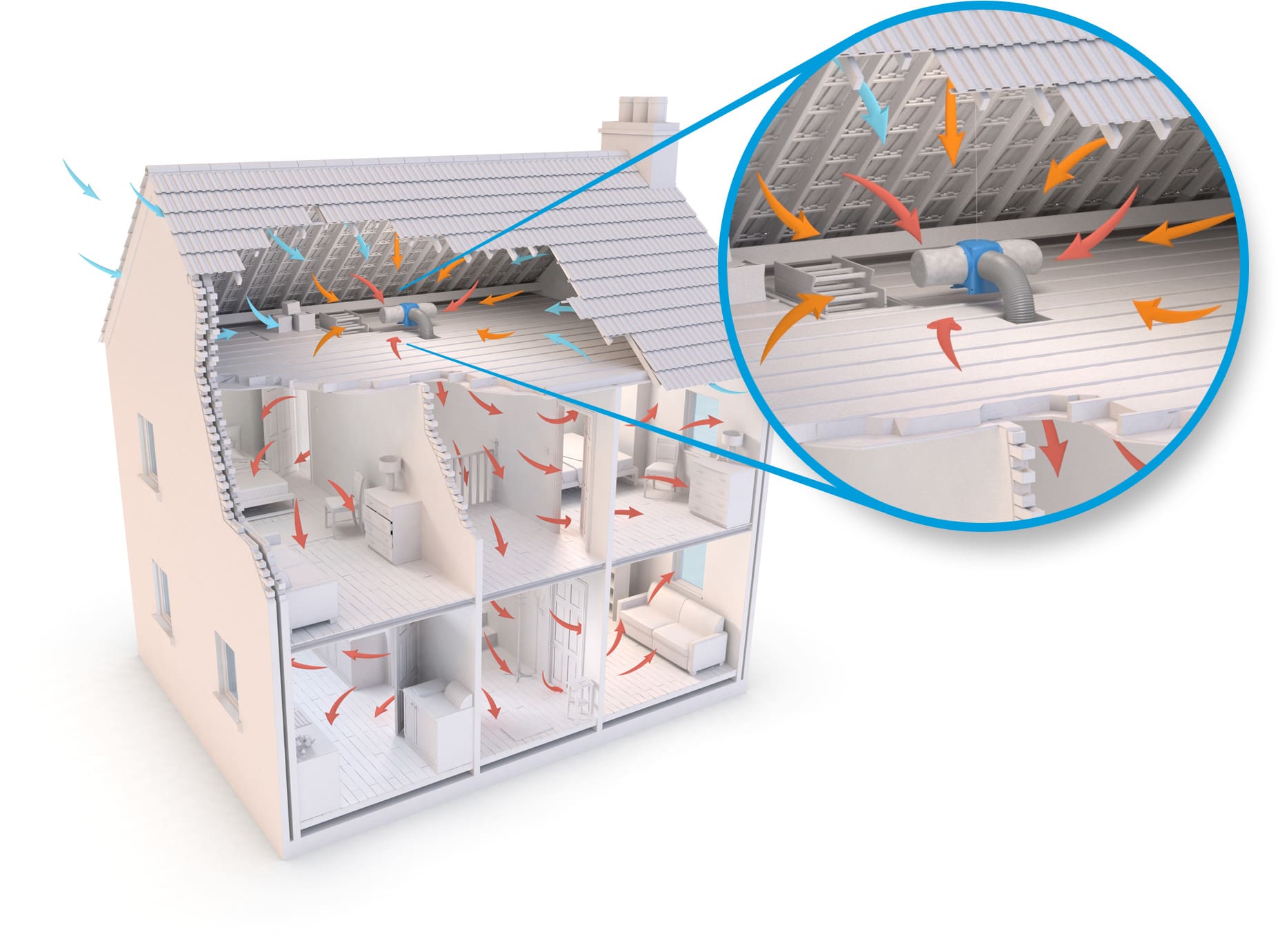
It also defeats the culture of blaming the tenant and their lifestyle; after all, if you live in a fourth floor flat, do you really have a choice about whether to dry clothes indoors or not?
Tackling underlying causes of mould in homes
The emphasis in the new guidance is on finding long-term solutions. As the guidance states, landlords should “identify and tackle the underlying causes of damp and mould, including building deficiencies, inadequate ventilation and condensation. Simply removing surface mould will not prevent the damp and mould from reappearing”.
When it comes to ensuring effective ventilation, landlords should check that existing measures in place, such as extractor fans and mechanical ventilation with heat recovery (MVHR) systems, are fully operational and up to the job, and that tenants are informed of how to use them.
Bathroom and kitchen extractor fans are generally replaced around every six years as part of planned maintenance. With an increase in minimum air flow rates stipulated in the revised Part F of Building Regulations, you may well need to replace them with more powerful fans, such as a Decentralised Mechanical Extract Ventilation (dMEV) fan.
These are mostly continuous running mixed flow axial fans suitable for wall, ceiling and window installation.
For properties where condensation is a major issue and mould is present, waiting for planned maintenance is no longer an option. An immediate solution is required, which could mean more powerful extractor fans, as mentioned, but may require a different solution in the form of a Positive Input Ventilation (PIV) system.
PIV systems eliminate condensation dampness, while filtering any harmful outdoor air pollutants. A highly cost-effective solution, they are easily installed in a loft, in under an hour, and provide fresh air to the whole home. They are inexpensive and long lasting.
Put an end to damp & mould
An estimated 904,000 homes in England alone had damp problems in 2021, according to the English Housing Survey.
In the past, we seem to have accepted condensation and damp as part and parcel of living in a northern climate but proven, cost-effective ventilation systems are readily available that can be quickly and easily fitted into existing properties to provide occupants with improved indoor air quality and comfort, and ensure landlords are compliant with the law. Living in damp, mouldy homes needs to be consigned to the past.
Wendy Thomas
Residential product manager
Nuaire


